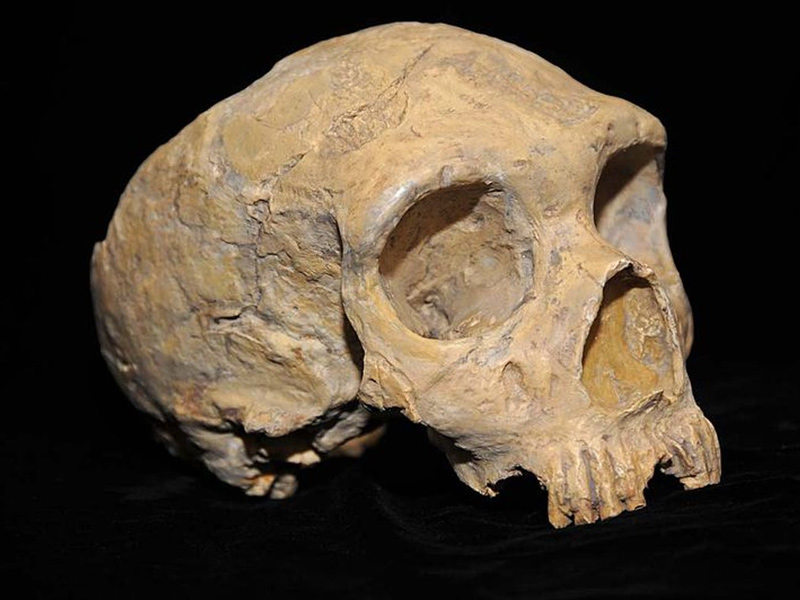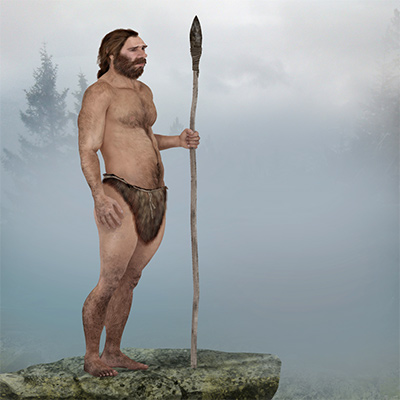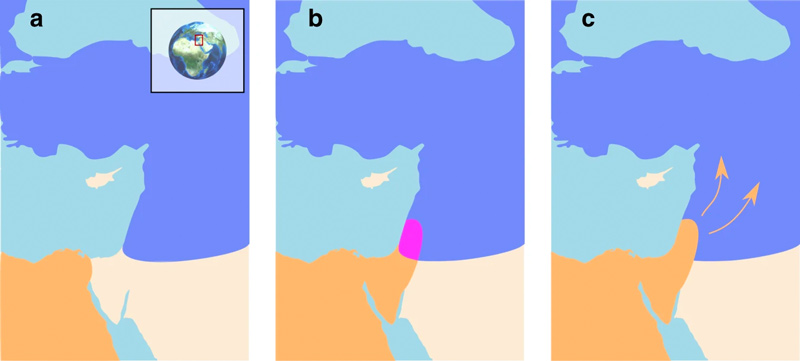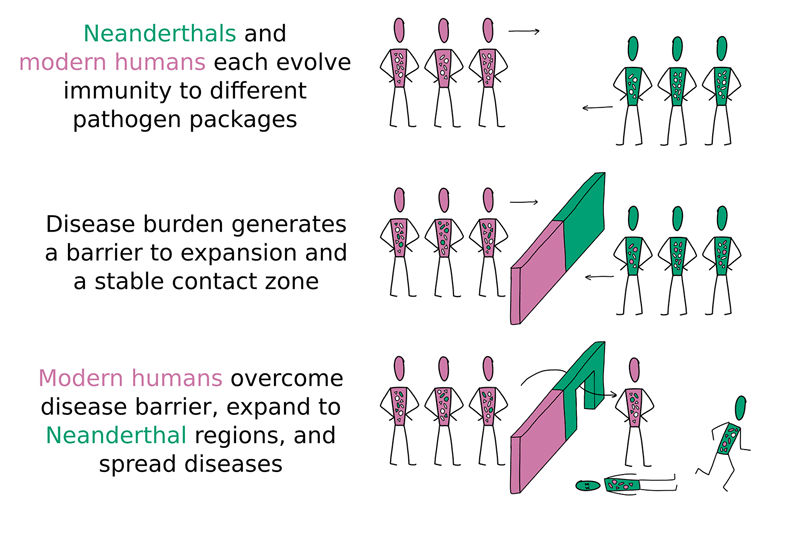


For tens of thousands of years, modern humans and Neanderthals lived side-by-side in the region where Africa meets Eurasia. And then, some 40,000 years ago, our evolutionary cousins suddenly went extinct, leaving us as the only human species surviving on the planet.
The sudden disappearance of the Neanderthals has remained somewhat of a mystery to scientists, but a new study, led by researchers at Stanford University and co-authored by researchers at UC Berkeley and the Hebrew University of Jerusalem, suggests that deadly diseases carried by modern humans may have been what ultimately led to their demise.
“Our research suggests that diseases may have played a more important role in the extinction of the Neanderthals than previously thought,” said Gili Greenbaum, a postdoctoral researcher at Stanford and the first author of the study. “They may even be the main reason why modern humans are now the only human group left on the planet.”
Before they went extinct, Neanderthals lived in Europe and Southwest Asia, while our modern human ancestors lived in Africa. The two species only coexisted in the Levant, or the region occupied by modern-day Israel, Lebanon and Syria.

Because Neanderthals and humans lived in geographically separate regions, the researchers hypothesized that each species would harbor its own unique set of pathogens. They also hypothesized that each species would have evolved at least some immunity to diseases endemic to its own populations, but might be incredibly vulnerable to diseases carried by the other.
Through mathematical modeling of disease transmission and gene flow, the researchers showed that when two species with unique disease burdens and immunities start to co-mingle, there is often a period of “stasis” where they both survive, followed by a collapse of one species — just like what happened to modern humans and Neanderthals.
“There was this period where the two species coexisted, and then, relatively quickly, modern humans triumphed over the Neanderthals,” said Wayne Getz, Emeritus A. Starker Leopold Professor or Wildlife Ecology at Berkeley and co-author of the study.

The model also showed that modern humans may have won out because they came from a tropical region that would support a more diverse array of pathogens than the northern home of the Neanderthals. As a result, when the two species met, modern humans likely bore with them a broader spectrum of diseases than the Neanderthals were equipped to deal with — as well as a hardier immune system.
“We wanted to know whether Neanderthal extinction could be explained by their having a less virulent, less diverse disease load that they brought with them when they met modern humans, compared to the disease load and the virulence of the pathogens that modern humans were bringing with them,” Getz said. “And it turns out that it could.”